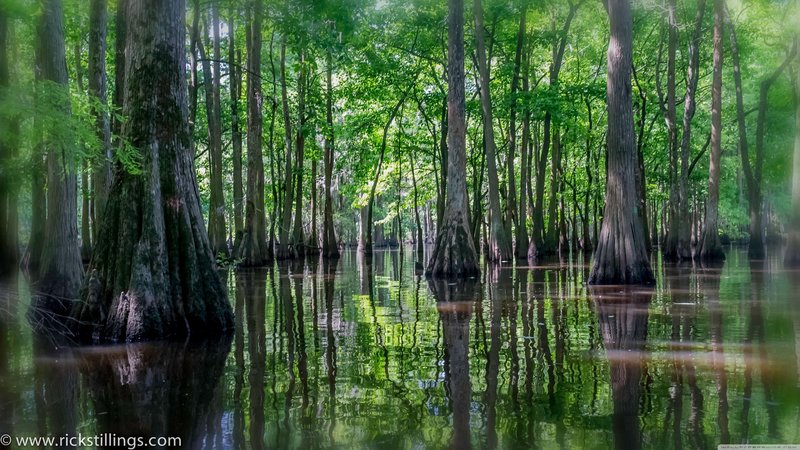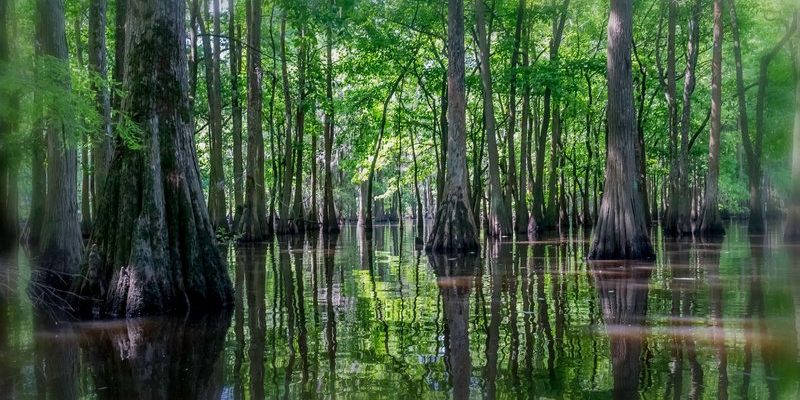
Imagine walking through the lush Australian bush, where the air is rich with the scent of eucalyptus, and you suddenly spot a swamp wallaby darting through the underbrush. These nimble creatures are not just a cute sight; they play a vital role in their ecosystems. But their survival is under threat from habitat loss, climate change, and other human activities. Understanding their status can help us grasp the bigger picture of wildlife conservation, something that’s becoming increasingly important as our planet faces environmental challenges.
What is the Current Conservation Status of Swamp Wallabies?
The swamp wallaby (Wallabia bicolor) is classified as “Least Concern” by the International Union for Conservation of Nature (IUCN). This means, at a glance, they aren’t considered endangered on a global scale. However, it’s crucial to understand that this status can vary by region and that local populations may still be vulnerable. For example, in certain areas, habitat fragmentation and hunting pressure have led to noticeable declines.
Here’s the thing: while swamp wallabies as a species are not endangered, local populations in some regions are experiencing difficulties. If you look closely at their habitats, you’ll see that urban development and agricultural expansion have increasingly reduced the areas where these wallabies can thrive. Furthermore, climate change is altering their habitats and food sources, putting even more pressure on these remarkable animals.
A healthy swamp wallaby population is a good indicator of the overall quality of the ecosystem. They help maintain plant growth and provide food sources for predators, like eagles and larger carnivores. Keeping an eye on their populations can yield valuable insights into environmental health.
Threats to Swamp Wallaby Populations
So, what exactly threatens swamp wallabies? The main issues include habitat loss, climate change, and human interference through hunting and road traffic. Let’s break these down:
- Habitat Loss: Much of the swamp wallaby’s habitat has been transformed into agricultural land or urban areas. This means fewer places for them to forage and breed.
- Climate Change: Changes in temperature and weather patterns affect the plants they depend on for food, potentially reducing their food sources.
- Human Interference: Hunting and traffic accidents can pose direct threats to their populations. As their habitats shrink, these encounters are becoming more common.
Honestly, it’s a complex situation. Local populations may adapt to changing conditions, but often they find it challenging to cope with multiple threats simultaneously. Conservationists are working to mitigate these impacts, but it requires a coordinated effort between communities, governments, and wildlife organizations.
Current Conservation Efforts
In response to these challenges, various conservation efforts are underway to support swamp wallabies. These initiatives aim to protect their habitats, monitor populations, and raise awareness about their plight. Some of the notable efforts include:
- Protected Areas: Setting up national parks and reserves to safeguard wallaby habitats is a vital first step. These protected areas reduce the pressures of development and allow ecosystems to flourish.
- Community Engagement: Local communities are crucial in conservation. Educating people about the importance of swamp wallabies helps foster a sense of stewardship for their environment.
- Research and Monitoring: Ongoing research to monitor wallaby populations is essential. This data helps conservationists understand the success or failure of different strategies.
You might be wondering how you can get involved in these efforts. Simply spreading the word about swamp wallabies and their conservation can make a difference. Supporting local wildlife organizations also helps fund crucial programs.
The Role of Local Communities in Conservation
Local communities play a pivotal role in the conservation of swamp wallabies. Engaging people who live near their habitats can lead to significant change. Here’s how communities can make a positive impact:
- Awareness Campaigns: Educating the public about swamp wallabies and how to coexist with them can minimize human-wildlife conflicts.
- Habitat Restoration: Community-driven projects that focus on restoring native vegetation can help provide necessary habitats for wallabies.
- Volunteer Programs: Many organizations offer volunteer opportunities for people to get directly involved in monitoring and protecting local wildlife.
When communities come together to protect their local environments, it can create ripple effects that benefit wildlife and enhance community pride. It’s a win-win situation!
What Can You Do to Help?
Feeling inspired? There are plenty of ways you can contribute to the conservation of swamp wallabies, even if you’re not living in Australia:
- Support Wildlife Conservation Groups: Donate or volunteer your time to organizations that focus on wildlife preservation.
- Be an Advocate: Use your voice on social media to raise awareness about swamp wallabies and their needs.
- Reduce Your Carbon Footprint: Climate change is a significant threat to wildlife. Simple changes in your daily habits can contribute to a healthier planet.
Even though swamp wallabies aren’t currently classified as endangered on a global level, every little bit helps when it comes to protecting their populations and habitats.
In the grand scheme of global conservation, swamp wallabies may not be on the endangered list, but that doesn’t mean they don’t need our attention and care. The pressures from habitat loss, climate change, and human activities cannot be overlooked. By understanding their plight and getting involved in conservation efforts, we can help ensure that these unique marsupials continue to hop around the Australian bush for generations to come.
Every step counts in the journey toward preserving our planet’s biodiversity, and when it comes to wildlife conservation, you truly can make a difference!

